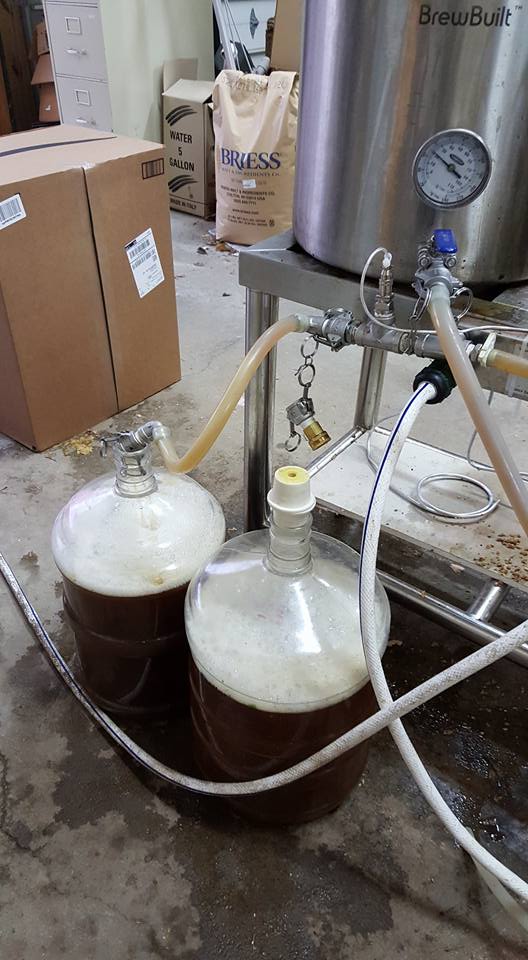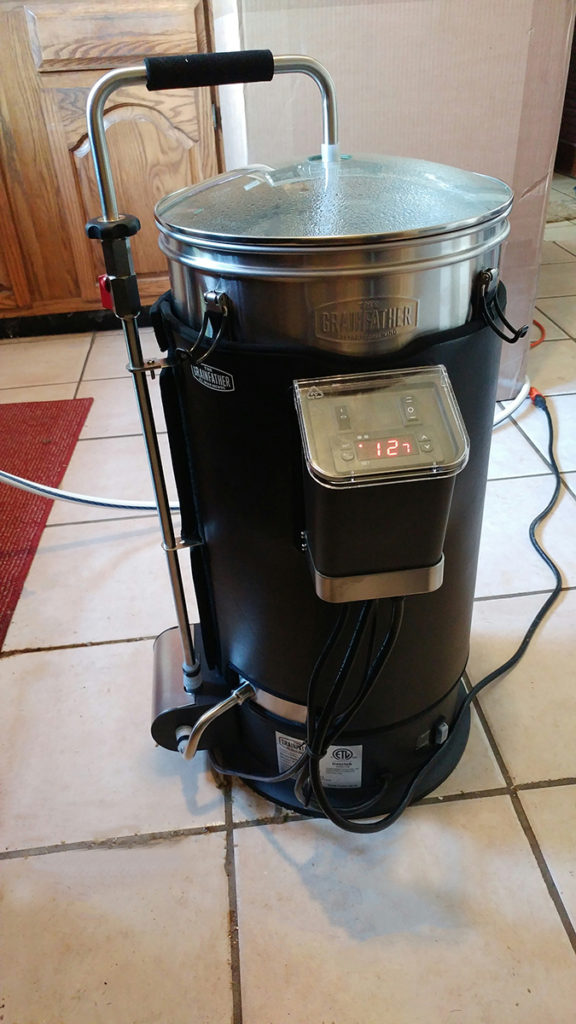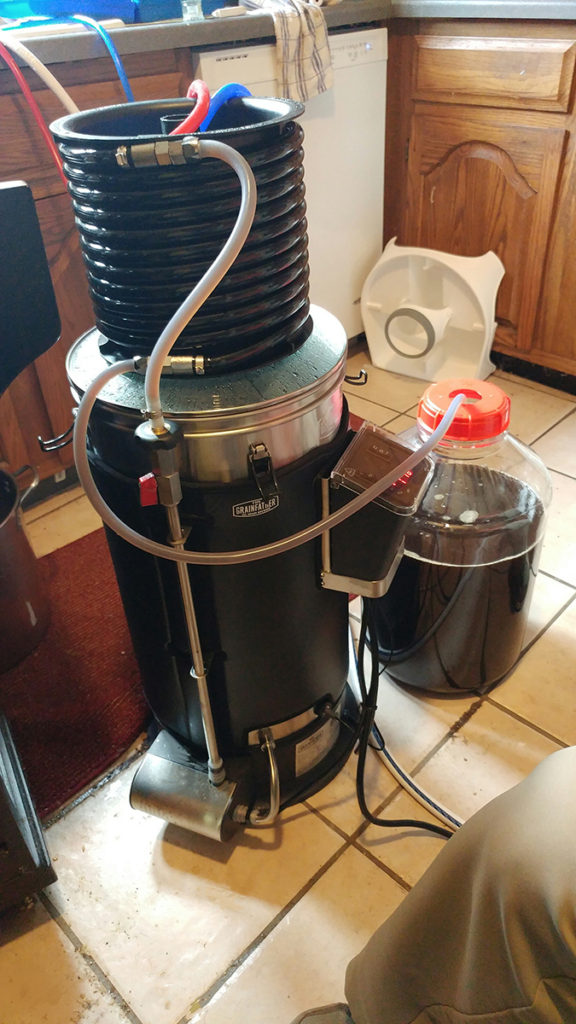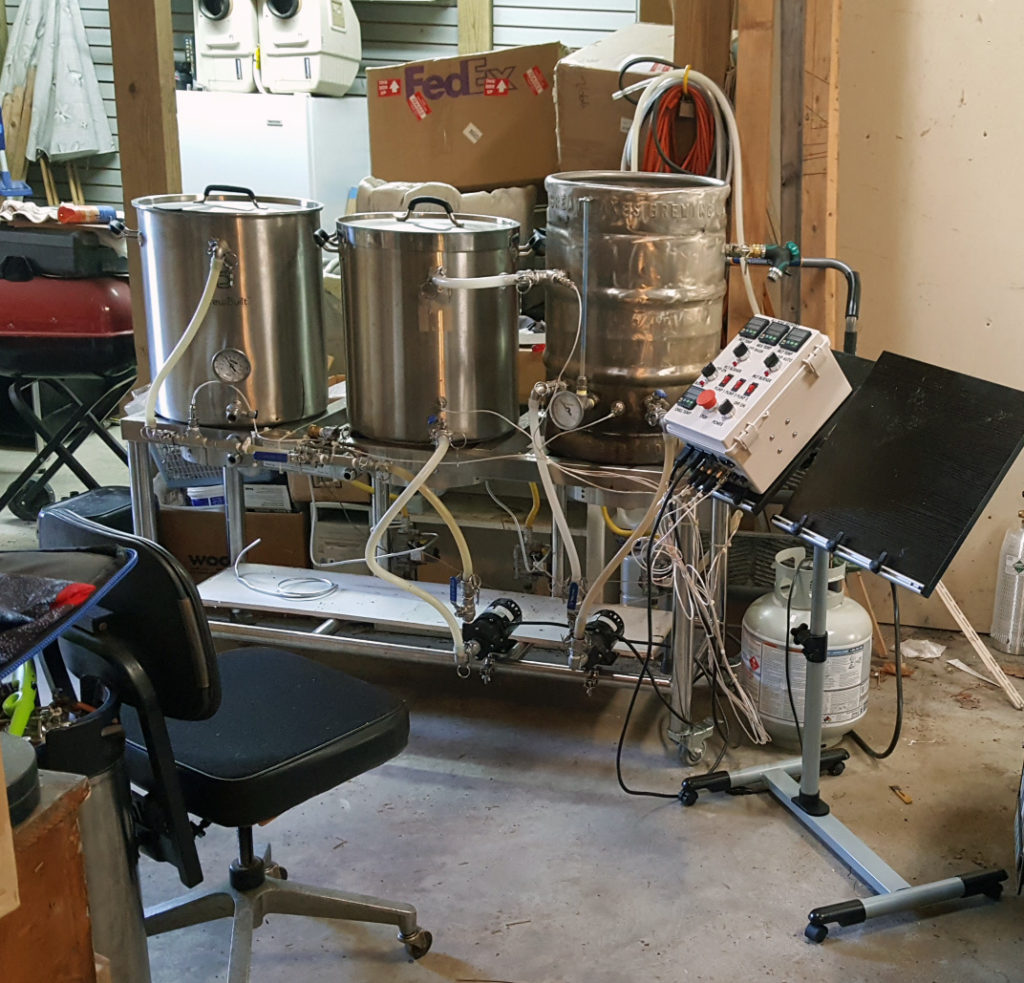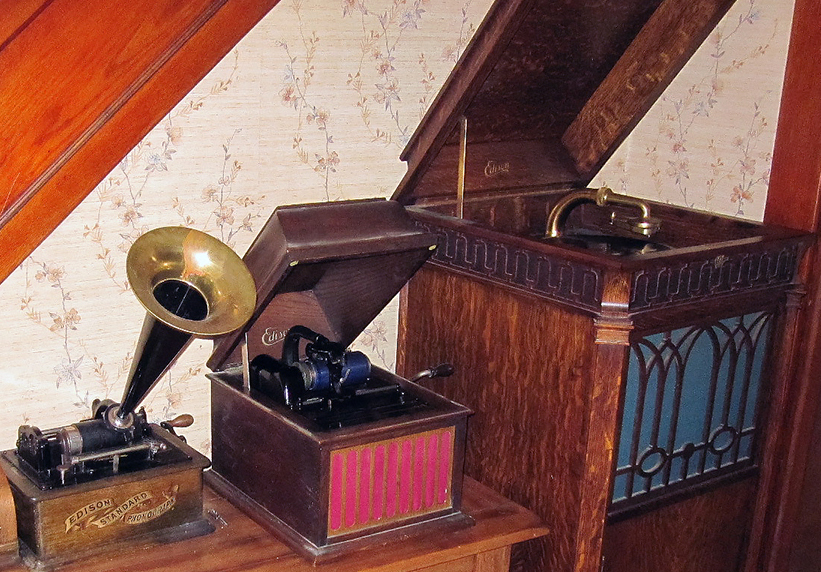
Yet another diversion from the usual topics that appear here. These are the remnants (and my favorites) of a brief flurry of activity some years ago in the area of antique spring-driven phonographs. They make a nice decoration for the office foyer, in my opinion. All are fully functional and I have a large selection of the required cylinders and Diamond Disc records. The three models here are representative of the three styles that interest me so I have no plans to accumulate any more.
The left-most unit is the Edison Standard, produced from 1898 to 1913 (the end of open horn player production). It was popular in the day and many exist. It played 2 minute long wax cylinders. There were conversion kits available to convert it to later 4 minute wax cylinders, or to make the unit speed-selectable.
The middle unit is an Amberola 30. It played 4 minute cylinders made from a phenolic compound, much more durable and stable than the previous wax cylinders. These models also incorporated an internal horn for sound reproduction and thus had a neater appearance. The Amberola machines and cylinders were produced from 1911 through 1925 or so. The Amberola 30 was introduced in 1915. The model number reflected its $30 price. A better model, the Amberola 50, was offered at (you guessed it) $50.
The rightmost unit is a C19 Chippendale machine from 1919. The Diamond Disc series overlapped the Amberolas but were more expensive and capable of superior sound reproduction compared to the cylinder machines. The C19 was an updated version of the previous C-250 (the “250” representing the retail price of $250). It had the same mechanical components but the lower part of the cabinet contained a record rack. This is the only one here of which I know the provenance. It belonged to my grandfather when it was new, then to my father.
The Diamond disc series is very different from competing phonographs such as the Victrolas. Edison was aggressive about obtaining and enforcing patents on products like this, so when others wanted to produce phonographs they had to invent an entirely different method of recording and reproducing the sound. Edison’s machines recovered audio recorded at the base of the groove, making the stylus move up and down to follow it. That was protected by patent. Victrola thus had to incorporate a scheme in which the sound was recorded in the sides of the groove, so the stylus wiggled back and forth. The sideways “wiggle” method was never protected effectively so everyone but Edison used it. Probably because of that, it was the system that survived and is used today. Stereo records use both methods, one for each channel.
You can tell at a glance which system a vintage phonograph uses by looking at the housing on the end of the tone arm. If the housing containing the diaphragm is horizontal (as in the photo above), it is a Diamond Disc player. If the diaphragm is in the vertical plane, it is the other scheme. As the name implies, the DD machines used a lifetime diamond stylus. This was possible because the stylus was driven across the record by a gear drive rather than being dragged across the record by the spiral grooves The other players all relied on the groove to drag the tone arm across and thus needed to use soft needles to reduce record wear. Their styli would last for tens (but not hundreds) of plays. You can tell the records apart because the DD records are nearly 1/2″ thick. The Victrolas and counterparts used platters the same thickness as “modern” records.
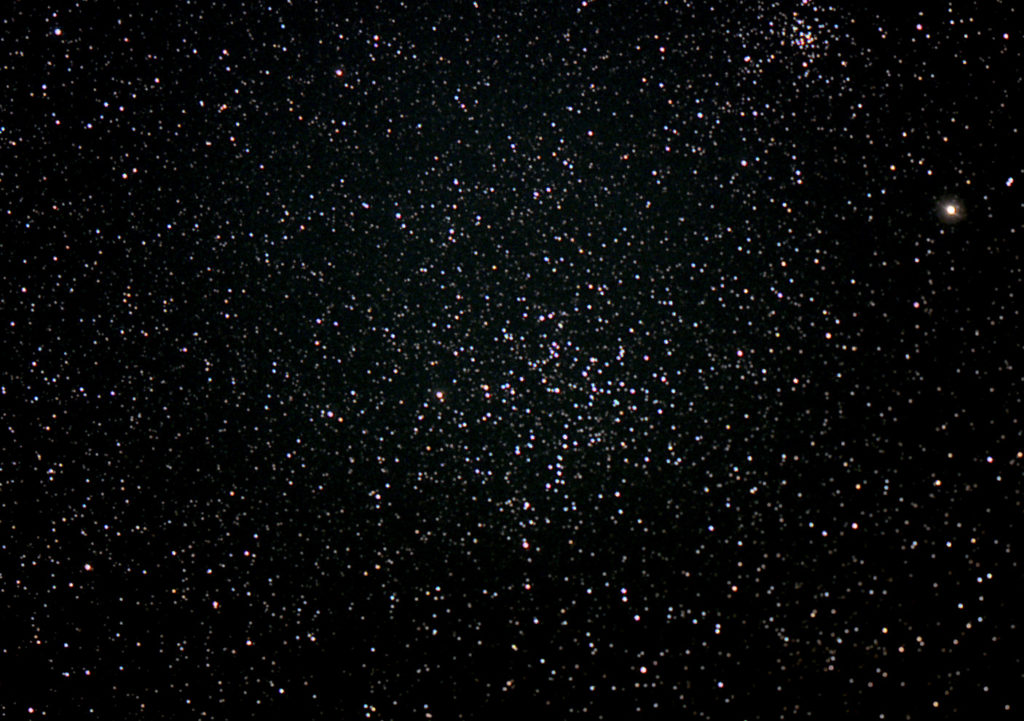
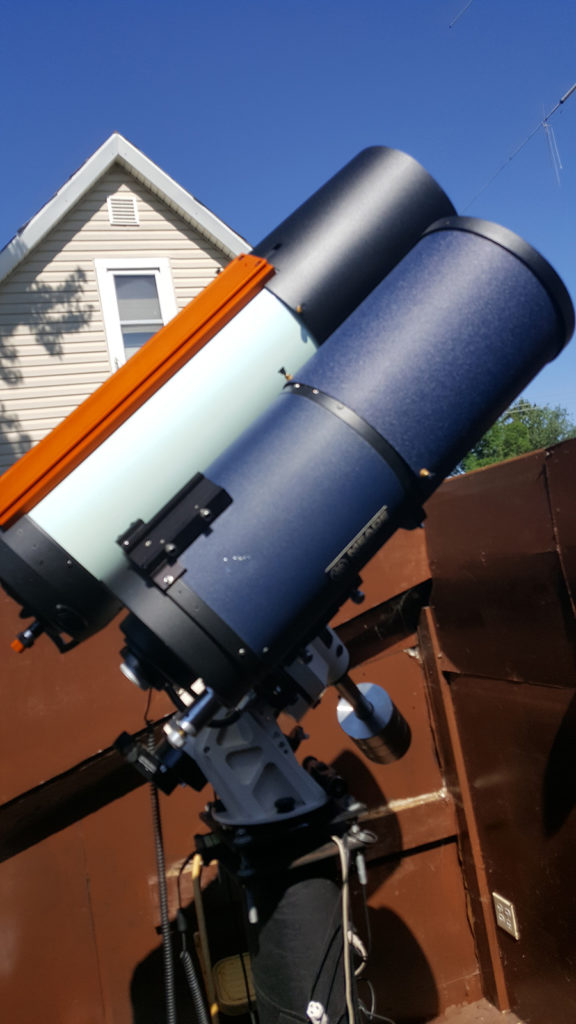
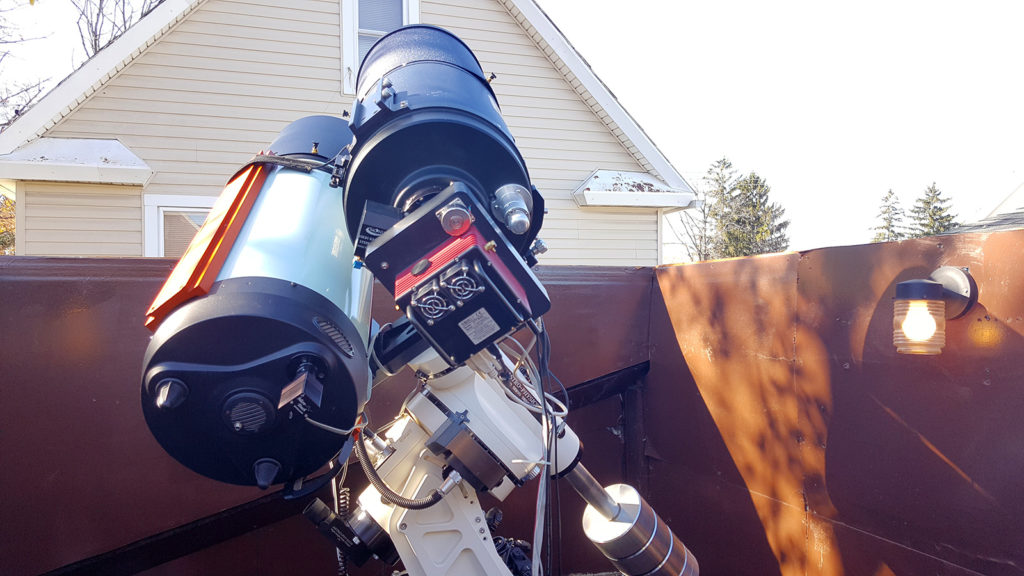
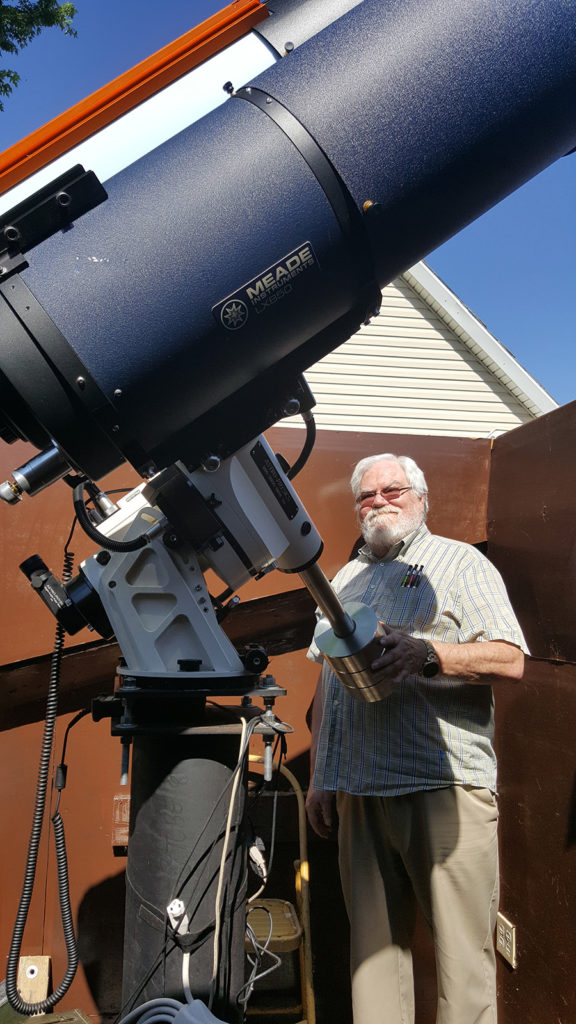
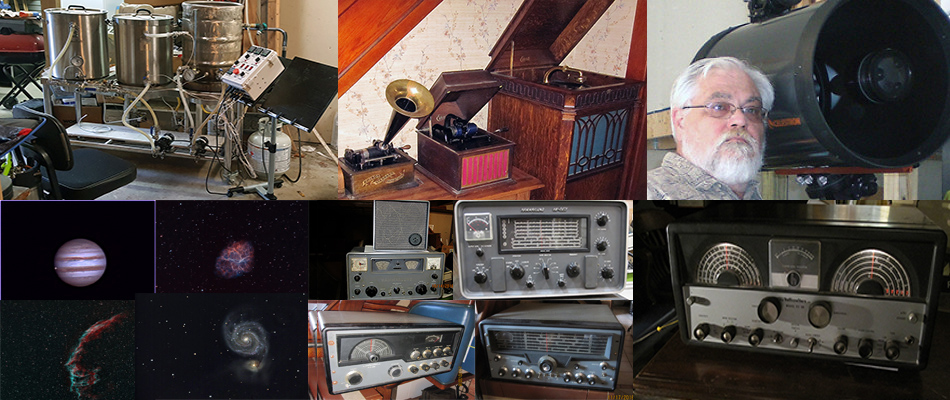
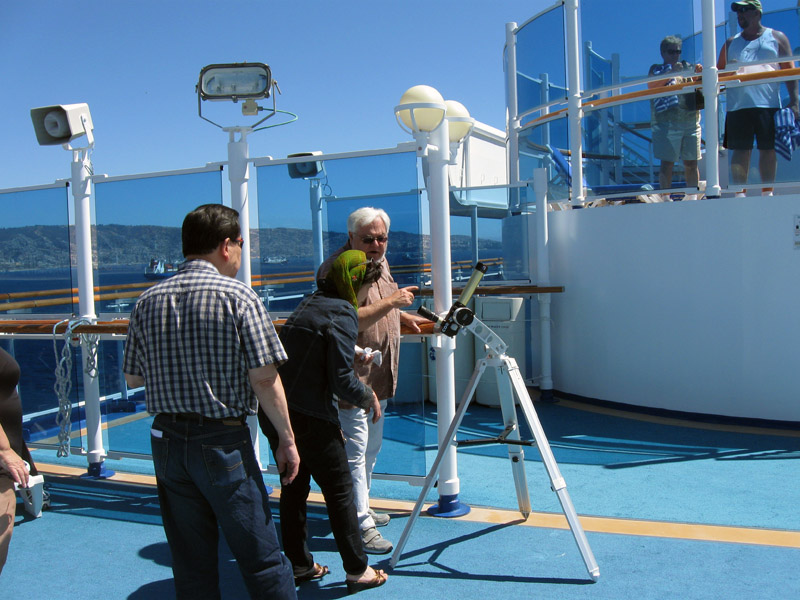
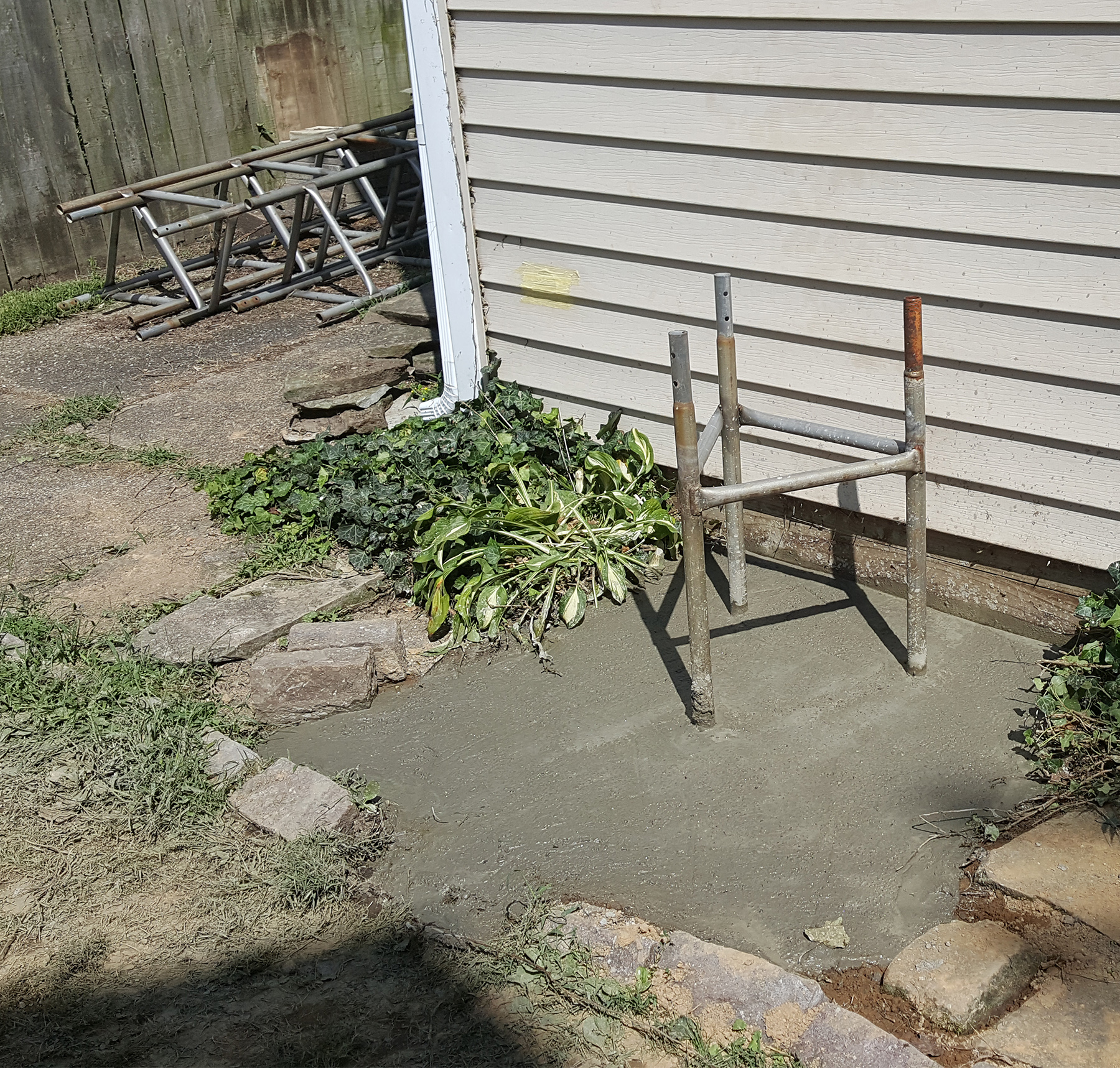
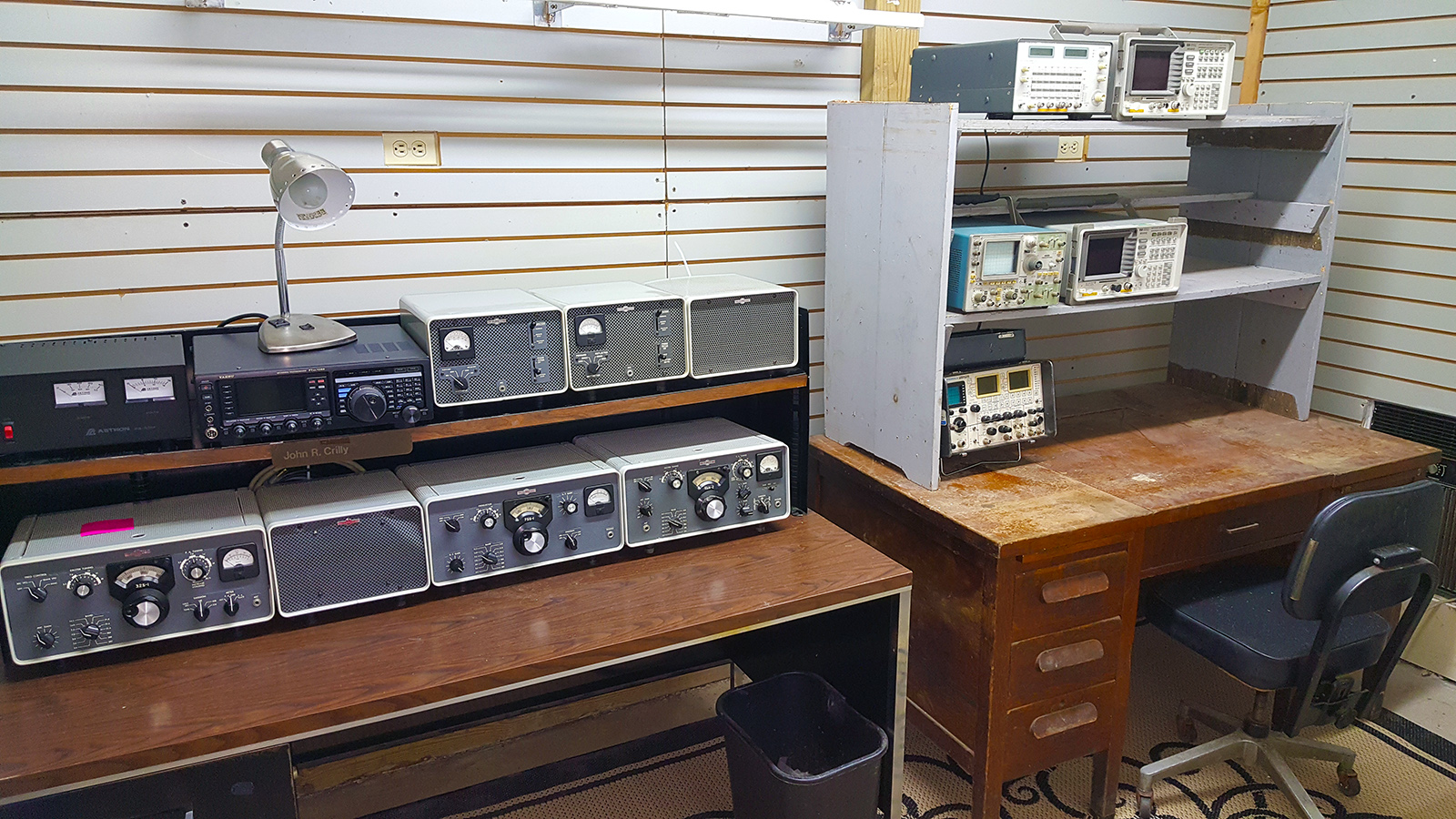
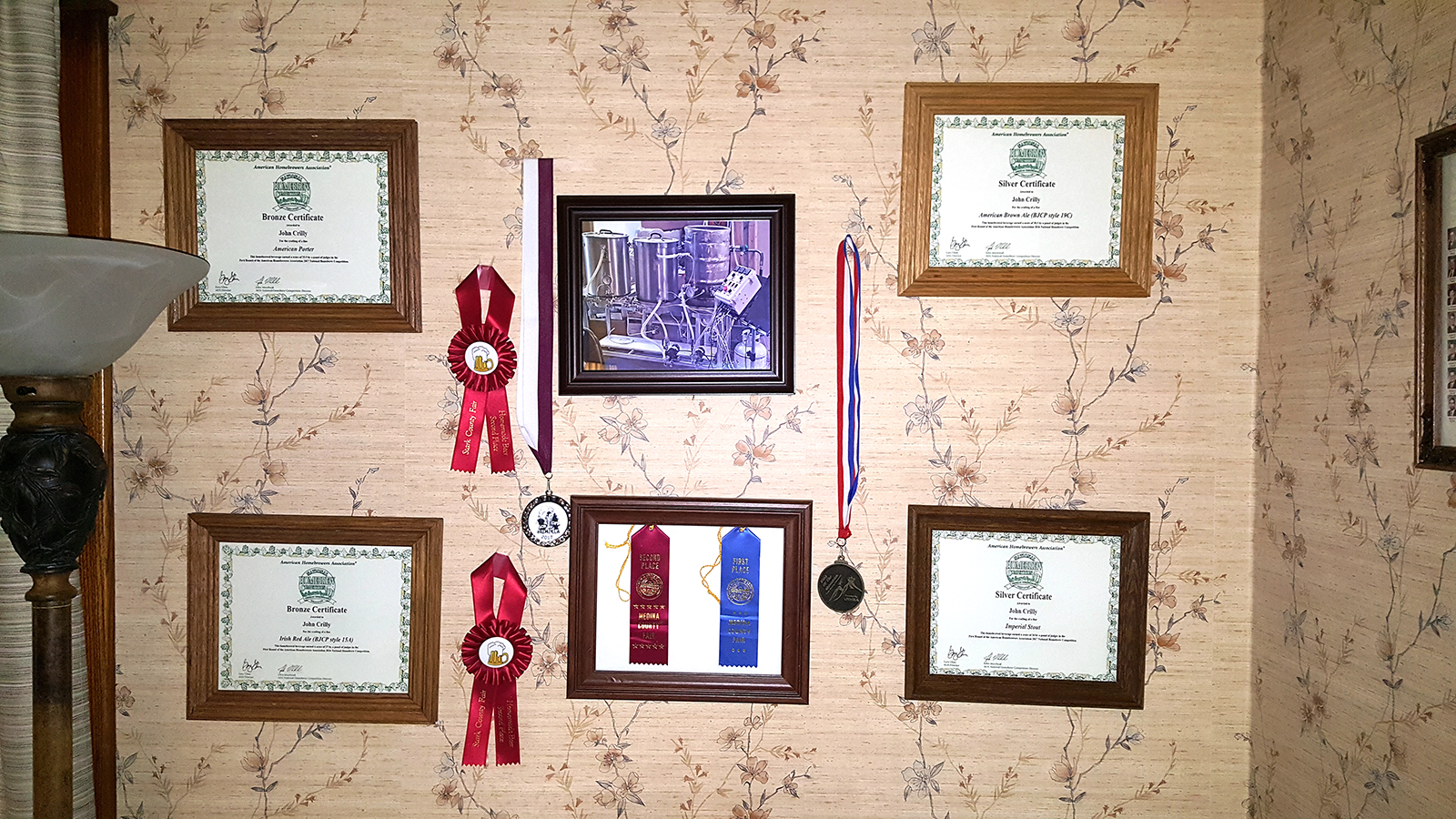
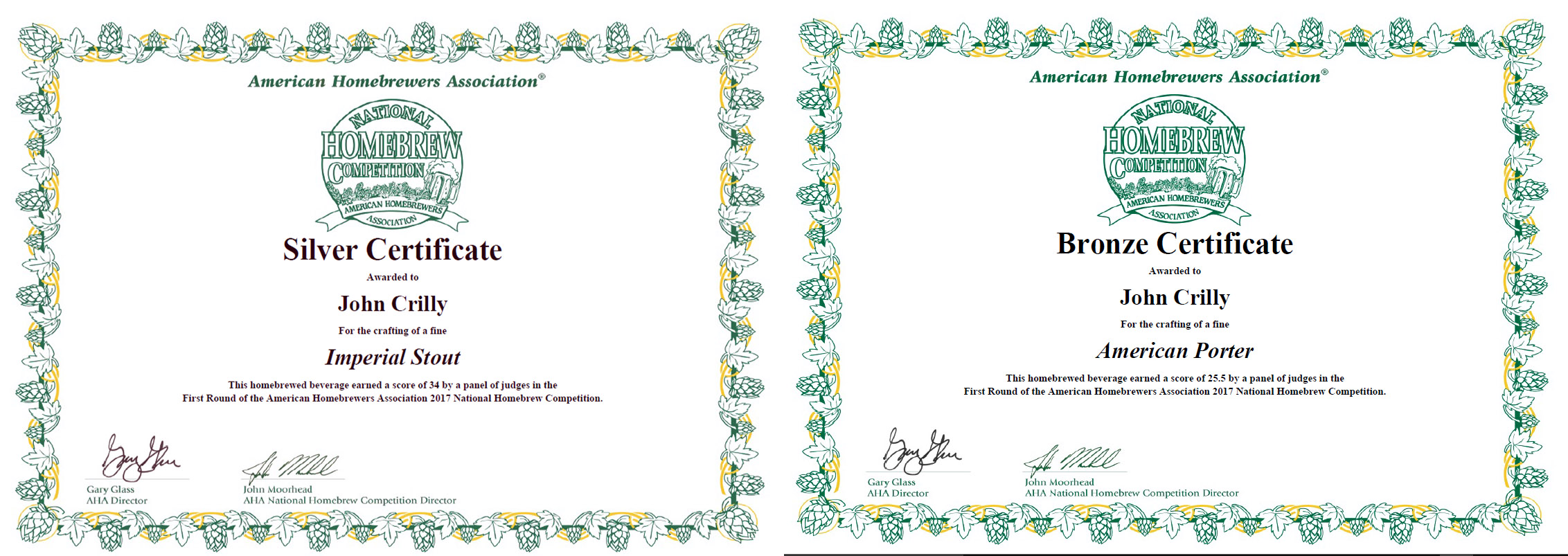
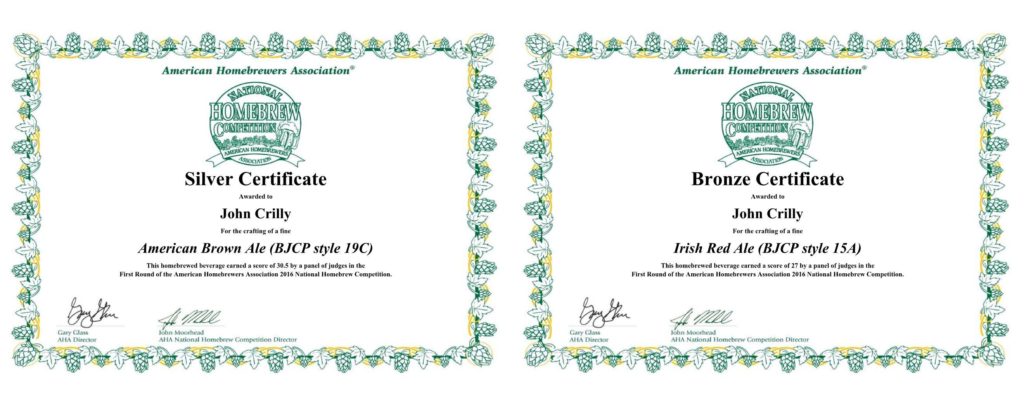

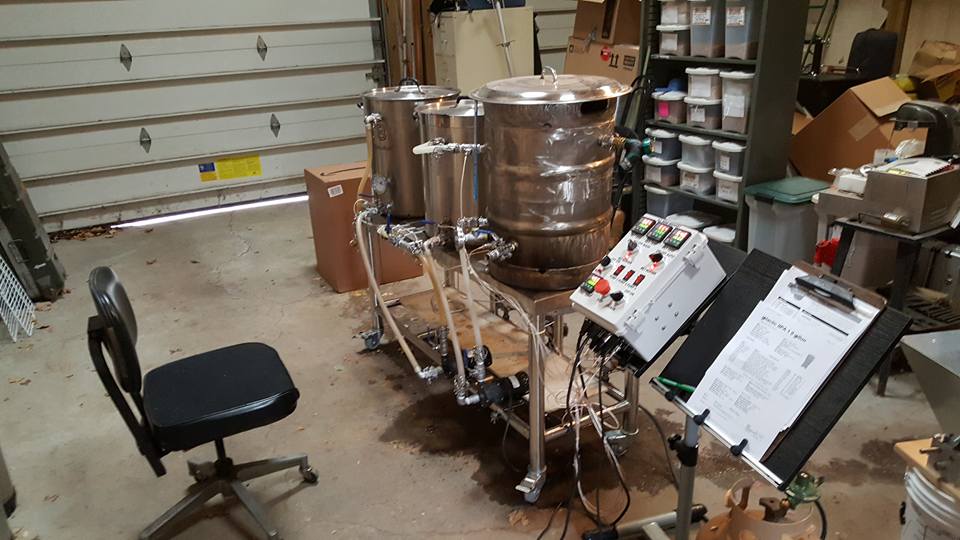 l
l